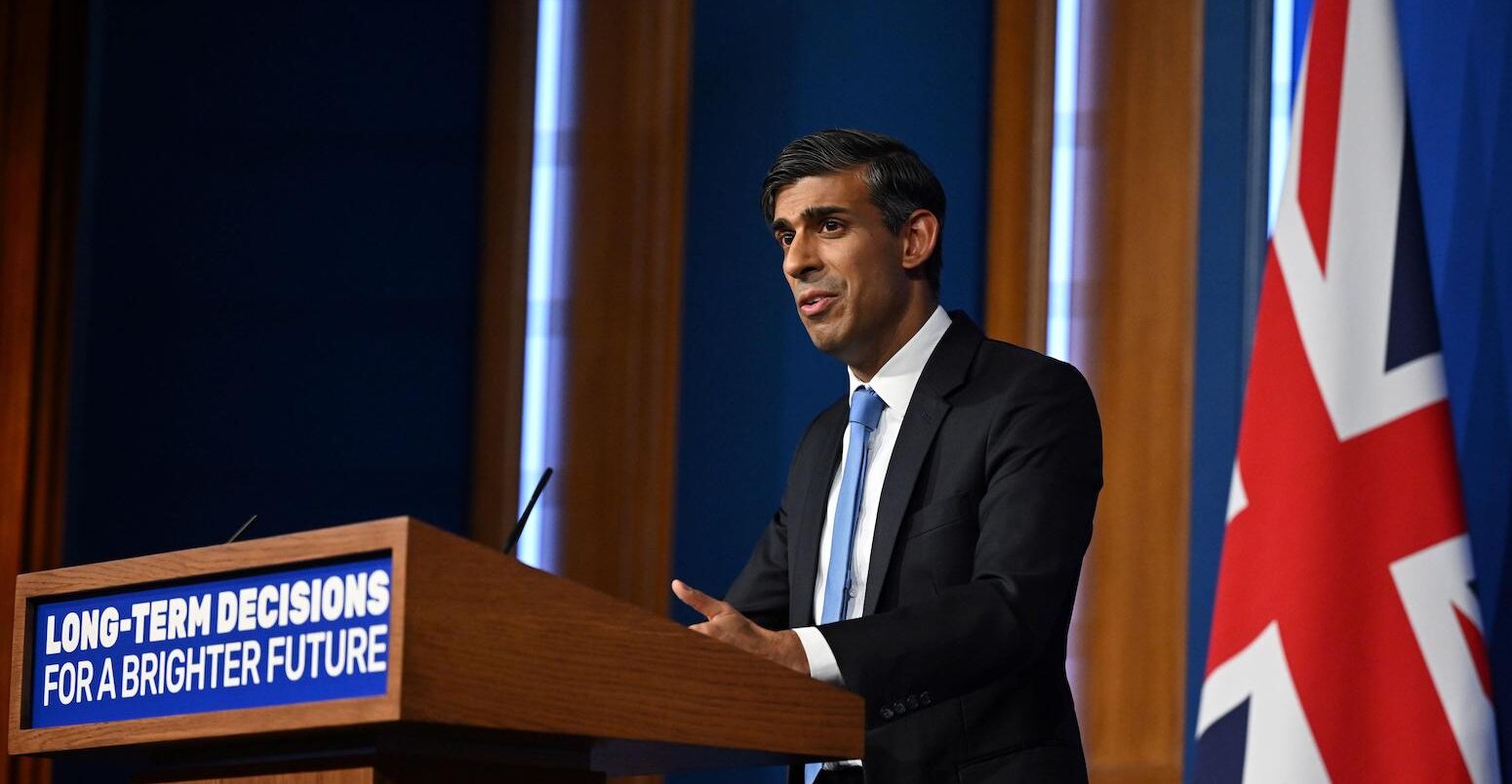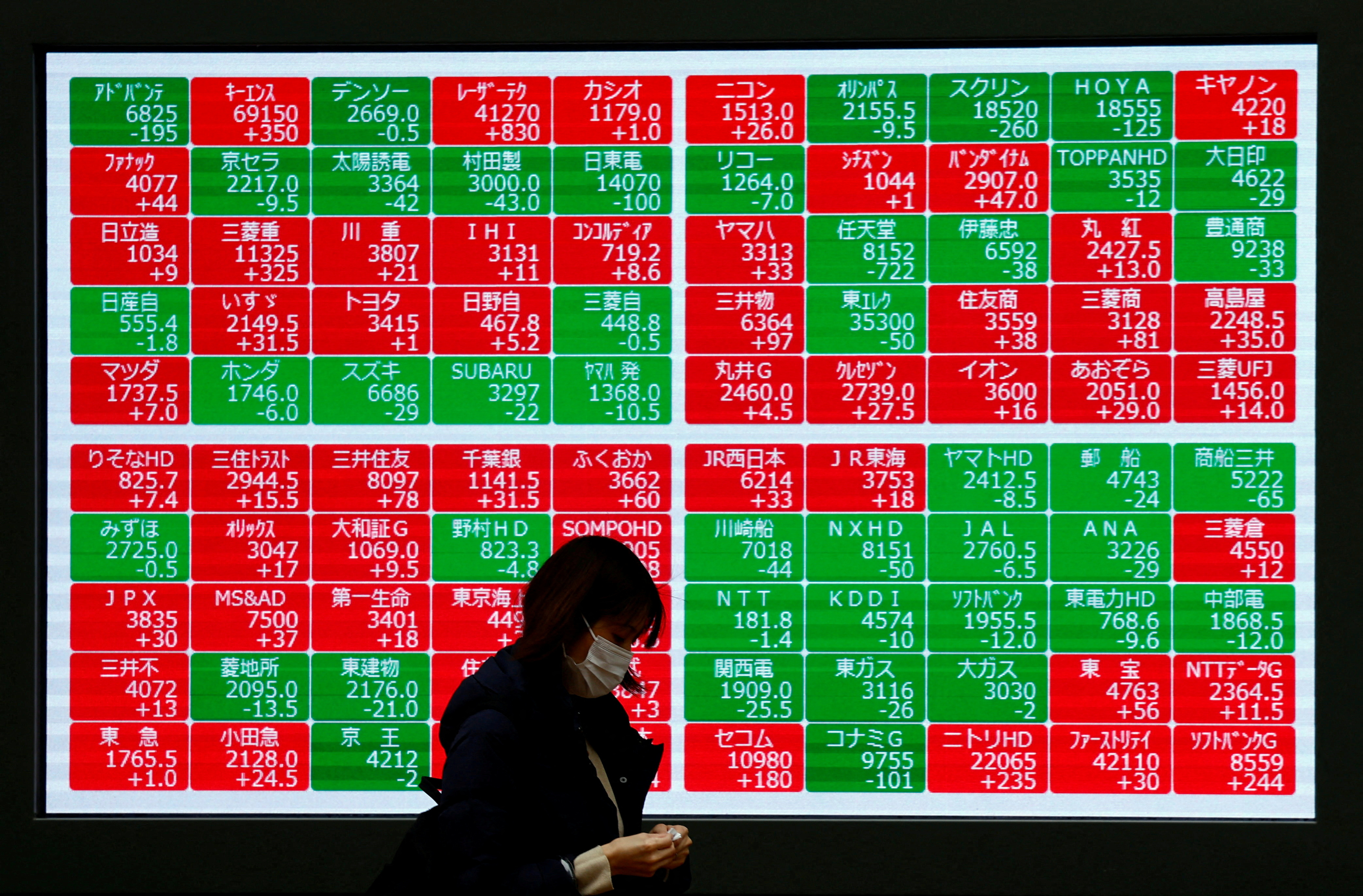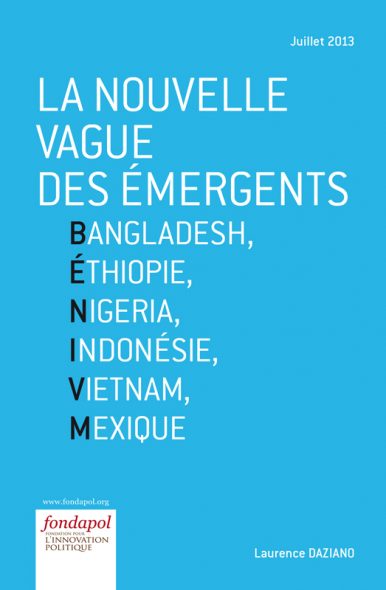Report on the United Kingdom’s Developing Countries Trading Scheme (DCTS) and its Contribution to the Sustainable Development Goals
1.0 Introduction
The United Kingdom has implemented significant upgrades to its Developing Countries Trading Scheme (DCTS), a strategic initiative designed to foster economic growth in developing nations while delivering benefits to UK consumers and businesses. This report analyses the new trade measures, with a particular focus on their alignment with and contribution to the United Nations’ Sustainable Development Goals (SDGs), including SDG 1 (No Poverty), SDG 8 (Decent Work and Economic Growth), SDG 10 (Reduced Inequalities), and SDG 17 (Partnerships for the Goals).
2.0 Strategic Alignment with Sustainable Development Goals (SDGs)
The DCTS is fundamentally structured to leverage trade as a mechanism for sustainable development. The scheme’s core objectives are directly linked to several key SDGs.
2.1 Advancing SDG 1 (No Poverty) and SDG 8 (Decent Work and Economic Growth)
The primary aim of the DCTS is to stimulate economic growth and create employment opportunities in some of the world’s poorest countries, thereby contributing directly to the eradication of poverty.
- The scheme provides duty and quota-free access to the UK market, which has already resulted in over £16 billion in UK imports benefiting from tariff savings since June 2023.
- By simplifying trade rules, the DCTS empowers businesses in developing nations to expand their operations, leading to job creation and stable economic progress. As stated by Minister for Trade Policy Douglas Alexander, trade is an “essential ingredient in lifting hundreds of millions of people out of poverty.”
2.2 Reducing Inequalities and Fostering Partnerships (SDG 10 & SDG 17)
The DCTS is a clear manifestation of the UK’s commitment to reducing economic disparities between nations and building robust global partnerships.
- The scheme specifically targets 65 developing countries, ensuring that nations like Bangladesh and Cambodia continue to benefit from zero tariffs on key exports such as garments and electronics.
- The UK is actively strengthening partnerships by offering targeted support to help exporters meet import standards and facilitating trade in services, creating new avenues for collaboration and investment.
3.0 Key Components of the DCTS Upgrades
The recent enhancements to the DCTS introduce several measures designed to simplify trade and deepen economic integration.
- Simplified Rules of Origin: The new rules are more liberal, allowing goods from countries like Nigeria, Sri Lanka, and the Philippines to qualify for tariff-free entry even when using components sourced from other nations in Asia and Africa. This promotes regional supply chain integration.
- Continued Tariff-Free Access: The upgrades ensure that countries graduating from Least Developed Country (LDC) status can maintain preferential access, preventing a “cliff edge” scenario that could disrupt their economic progress.
- Exporter Support: The UK will provide targeted assistance to help businesses in developing countries navigate and meet UK import standards, enhancing their market access capabilities.
- Services Trade Facilitation: Measures will be implemented to make it easier for partner countries to trade services, including digital, legal, and financial services, opening new opportunities for UK businesses to invest in these growing sectors.
4.0 Stakeholder Impact and Industry Response
The DCTS upgrades have been developed in consultation with business and international partners and are expected to have a significant positive impact across various sectors.
4.1 Benefits for Partner Nations and Global Supply Chains
The simplified rules are anticipated to boost exports and support livelihoods in partner countries, contributing to more resilient and responsible global supply chains (SDG 12).
- Yohan Lawrence of the Joint Apparel Association Forum (JAAF) in Sri Lanka noted the new rules are a “game-changer” that will boost exports and help the country compete more fairly.
- Major retailers have affirmed that the changes will allow them to maintain long-standing, trusted relationships with key partners in countries like Bangladesh and Cambodia.
4.2 Implications for UK Businesses and Consumers
The scheme is designed to create a dual benefit by supporting global development while delivering value to the domestic market.
- UK businesses, including major retailers like Marks & Spencer and Primark, will benefit from more stable and resilient supply chains.
- UK consumers are expected to gain access to more competitively priced imports, including everyday goods like clothing, food, and electronics.
- The UK Fashion & Textiles Association (UKFT) welcomed the changes, highlighting their role in bringing “real benefits to the fashion industry in the UK and in DCTS countries” and modernising trade policy.
5.0 Conclusion
The enhancements to the Developing Countries Trading Scheme represent a significant step in the UK’s “Trade for Development” strategy. By simplifying trade, reducing tariffs, and fostering collaboration, the DCTS serves as a powerful policy tool for achieving measurable progress against key Sustainable Development Goals. The scheme effectively aligns the UK’s economic interests with its global development commitments, creating a framework for shared prosperity and sustainable growth.
1. Which SDGs are addressed or connected to the issues highlighted in the article?
-
SDG 1: No Poverty
The article directly connects trade with poverty reduction. It quotes Minister for Trade Policy Douglas Alexander, stating, “No country has ever lifted itself out of poverty without trading with its neighbours,” and that trade has been “an essential ingredient in lifting hundreds of millions of people out of poverty.” The entire Developing Countries Trading Scheme (DCTS) is framed as a tool to support economic growth in the world’s poorest nations, thereby contributing to the eradication of poverty.
-
SDG 8: Decent Work and Economic Growth
The press release explicitly states that the new measures will support “jobs and economic growth” in developing countries. By simplifying trade rules and providing tariff-free access, the scheme aims to boost exports from countries like Bangladesh, Cambodia, and Sri Lanka. This is intended to stimulate their economies, as highlighted by Yohan Lawrence of Sri Lanka’s Joint Apparel Association Forum, who said the new rules will “boost exports, support livelihoods.”
-
SDG 10: Reduced Inequalities
The DCTS is specifically designed to reduce inequalities between countries by providing preferential trade terms to developing nations. The article notes the scheme covers 65 countries and offers “reduced or zero tariffs on thousands of products.” This special and differential treatment helps level the playing field, allowing poorer countries to “compete more fairly with global competitors” and access the UK market more easily.
-
SDG 17: Partnerships for the Goals
The initiative is a clear example of a global partnership for sustainable development. The article emphasizes the UK’s role as a “trading partner and investor, not as a donor.” It describes the scheme as part of a strategy to “strengthen global partnerships” and highlights the collaboration between the UK government, businesses (like M&S and Primark), and partner countries (like Sri Lanka and Bangladesh) to achieve shared economic goals.
2. What specific targets under those SDGs can be identified based on the article’s content?
-
Target 8.a: Increase Aid for Trade support for developing countries
The article details a clear “Aid for Trade” initiative. The DCTS itself, by offering preferential tariffs, is a form of trade support. Furthermore, the article explicitly states the UK will “offer targeted support to help exporters in developing countries access the UK market and meet import standards,” which directly aligns with this target.
-
Target 10.a: Implement the principle of special and differential treatment for developing countries
The entire DCTS is an implementation of this principle. The article describes it as the UK’s “flagship trade preference scheme” which provides “reduced or zero tariffs” for 65 developing countries. This is a direct application of special and differential treatment to facilitate trade for developing and least developed countries.
-
Target 17.11: Significantly increase the exports of developing countries
The primary goal of the DCTS, as presented in the article, is to boost exports from developing countries to the UK. The simplified rules of origin are designed to “enable more goods from countries like Nigeria, Sri Lanka, and the Philippines to enter the UK tariff-free.” The quote from the Sri Lankan apparel association confirms this, stating the changes will “boost exports.”
-
Target 17.12: Realize timely implementation of duty-free and quota-free market access on a lasting basis for all least developed countries
The article mentions that the DCTS allows “some of the world’s poorest countries to export to the UK duty and quota-free.” It also ensures that countries like Bangladesh and Cambodia, which are key sourcing markets, “continue to benefit with zero tariffs on products like garments and electronics,” directly contributing to this target.
3. Are there any indicators mentioned or implied in the article that can be used to measure progress towards the identified targets?
-
Value of imports under the scheme
The article provides a specific quantitative indicator: “over £16 billion in UK imports benefiting from tariff savings since its launch in June 2023.” This figure directly measures the economic scale and impact of the trade preference scheme.
-
Number of beneficiary countries
The article states that the DCTS covers “65 countries.” This number serves as an indicator of the breadth and reach of the partnership and the special treatment being offered.
-
Tariff reduction levels
The mention of “reduced or zero tariffs” and “duty and quota-free” access is a key indicator. Progress can be measured by tracking the percentage of product lines from developing countries that receive tariff-free access to the UK market.
-
Growth in exports from partner countries
While not providing a current figure, the article implies that a key measure of success will be the growth in exports from partner countries. The statement from the Sri Lankan representative that the scheme will “boost exports” points to this as a critical indicator to be monitored.
-
Number of jobs supported and livelihoods improved
The article mentions the scheme’s goal is to support “jobs and economic growth” and “support livelihoods” in developing countries. Tracking employment figures in key export sectors (like the garment industry in Bangladesh and Sri Lanka) would be an implied indicator of the scheme’s success in achieving its social and economic objectives.
4. Table of SDGs, Targets, and Indicators
| SDGs | Targets | Indicators |
|---|---|---|
| SDG 1: No Poverty | 1.a: Ensure significant mobilization of resources…to implement programmes and policies to end poverty. | Implied: Reduction in poverty rates in partner countries as a long-term result of increased trade and economic growth. |
| SDG 8: Decent Work and Economic Growth | 8.a: Increase Aid for Trade support for developing countries. | – Targeted support offered to exporters in developing countries. – Implied: Number of jobs supported or created in export-oriented sectors (e.g., garments in Bangladesh). |
| SDG 10: Reduced Inequalities | 10.a: Implement the principle of special and differential treatment for developing countries. | – The DCTS scheme itself, covering 65 countries. – Provision of “reduced or zero tariffs” for developing countries. |
| SDG 17: Partnerships for the Goals | 17.11: Significantly increase the exports of developing countries.
17.12: Realize timely implementation of duty-free and quota-free market access. |
– “over £16 billion in UK imports benefiting from tariff savings.” – Growth in export volume/value from partner countries (e.g., Sri Lanka, Bangladesh). – Provision of “duty and quota-free” access for the poorest countries. |
Source: gov.uk







